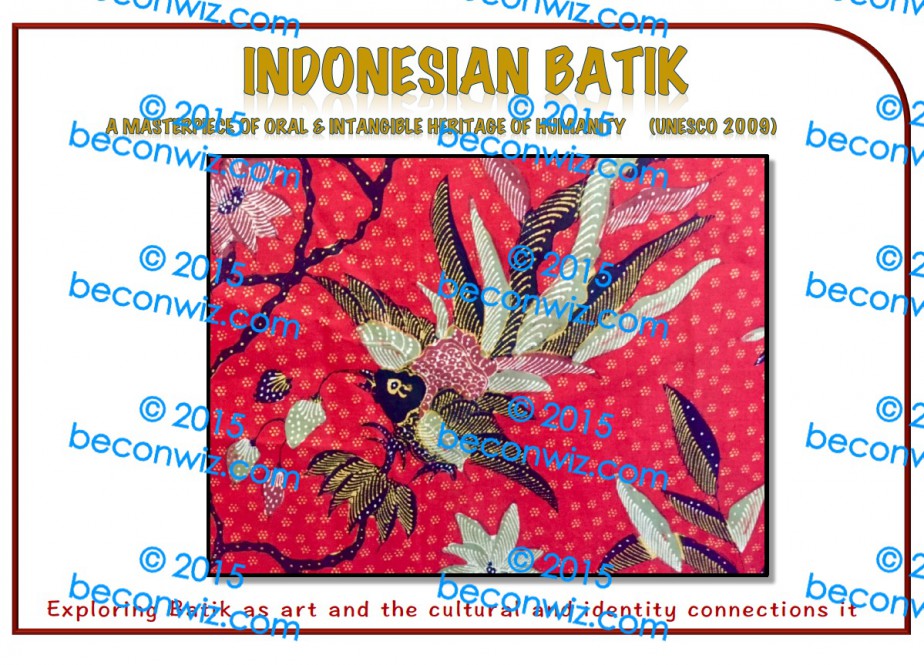Batik- Connections to art and Culture
The ICE thinking routine has been designed to help take the reader beyond what they can see (the tip of the iceberg) to a deeper level of appreciation, the hidden depths that an practice or custom rests on. Ideas in the book are developed through photographs, historical and sociological details and ICE questions.
In order to view this book you must first purchase the voucher from the resource section of the website.
When exploring ideas about art and culture, one must be thoughtful not to stay at the top of the iceberg. In understand more deeply, invite your students to dive deeper into an idea.
Culture does express itself through art forms and content however art itself can be shaping by questioning and challenging current cultural norms.
One of the outcomes of this art/culture mix is the creating of both the community and individual members’ identity, values, beliefs and understanding of normative modes.
Culture is never static, it moves, alters and adjusts and this is often reflected in artistic expression from the cultural group.
When exploring culture and art it can be useful to think about the idea as an iceberg. When an iceberg is first sighted only the tip of it is seen. The same can be said for culture and the arts. When we view these ideas we often only notice what we can see. But what if we went deeper…?
While only the top of an iceberg is visible, if you swim under the water the dimensions of what you are looking at starts to become visible. The size and complexity begins to insist on your attention. Learning about culture and the arts can be a little like iceberg exploring. If you look beyond what is visually apparent you get an inkling of the less visible ideas about customs, perspectives, roles, language, traditions and history.
